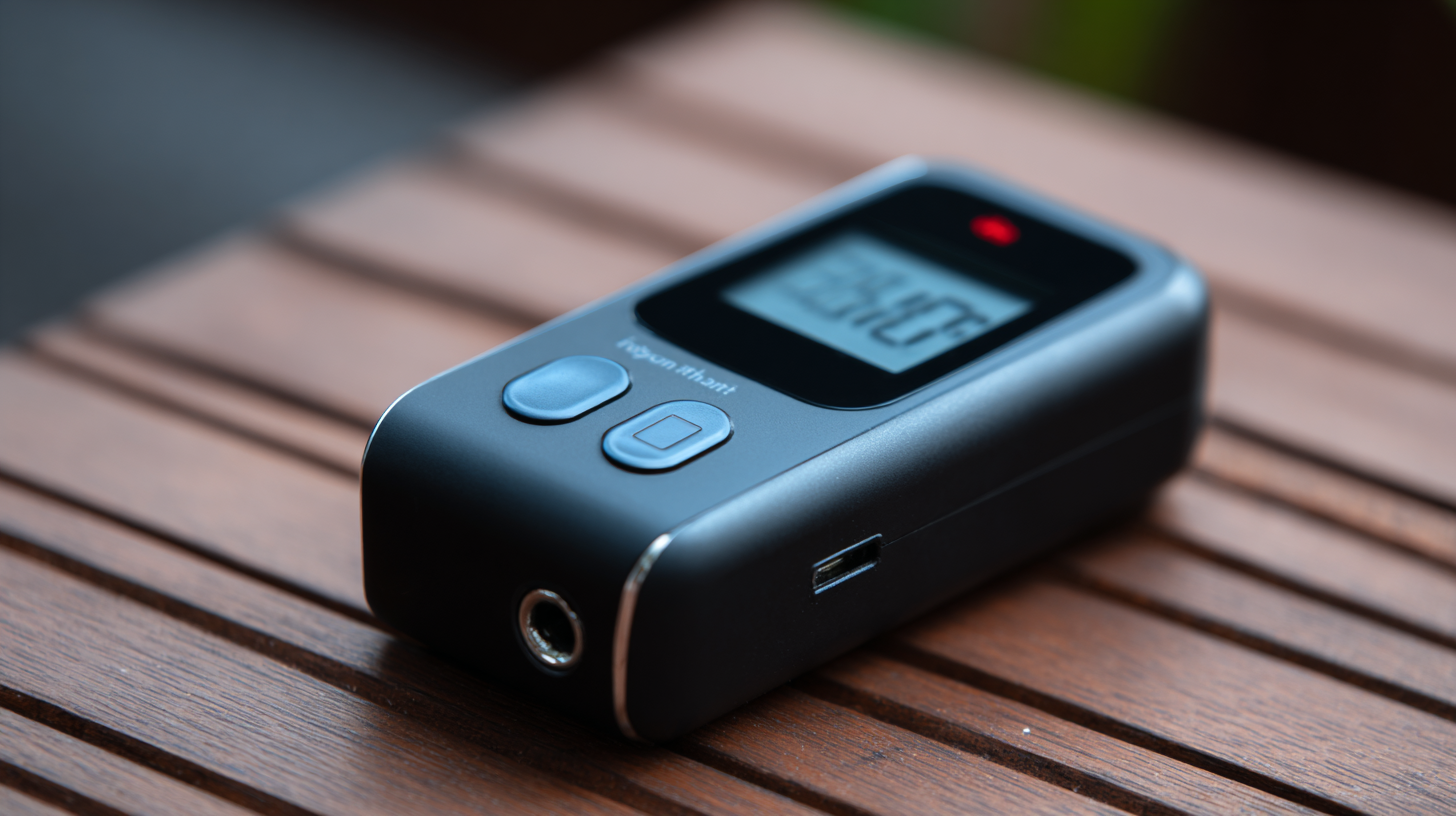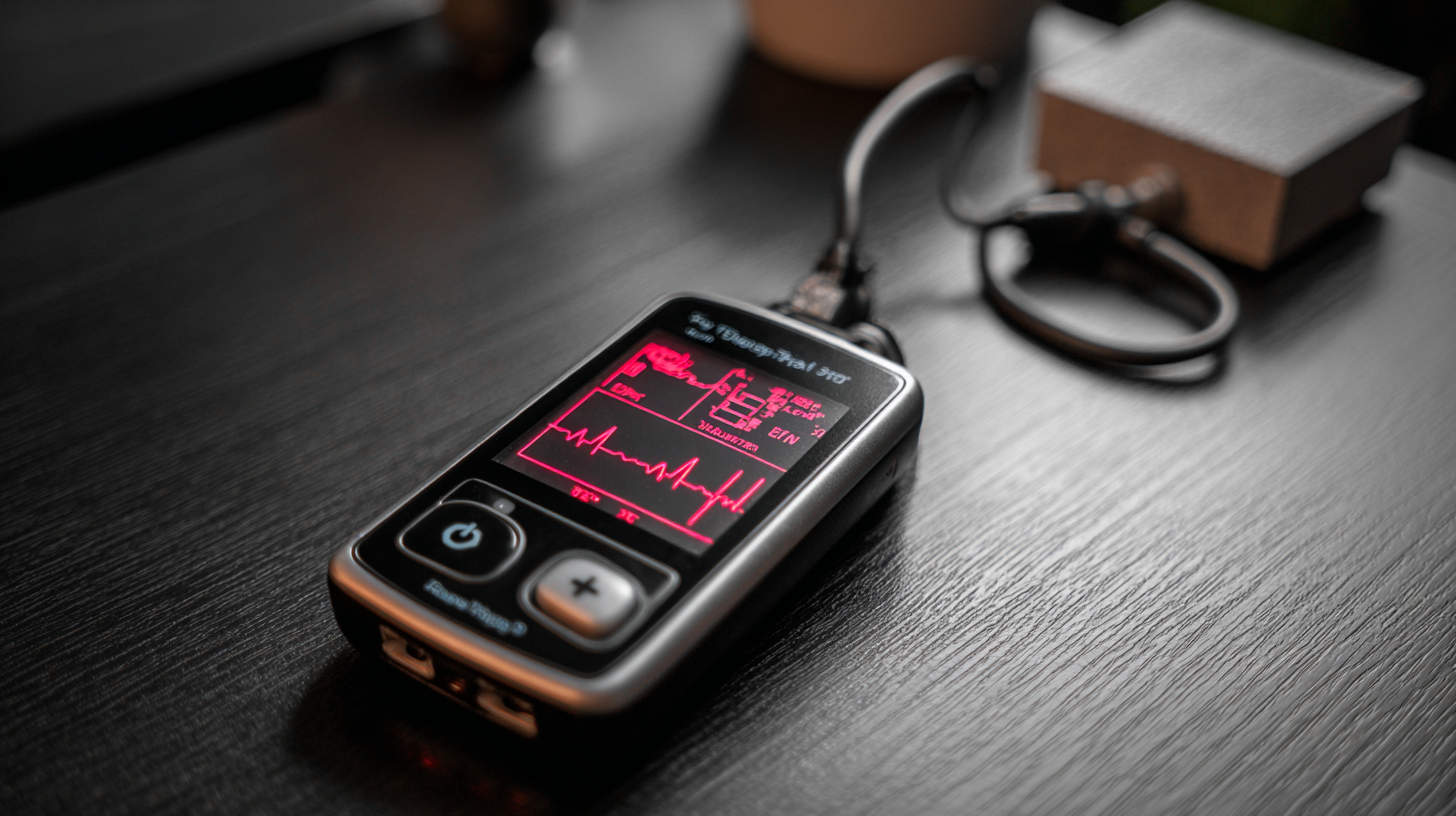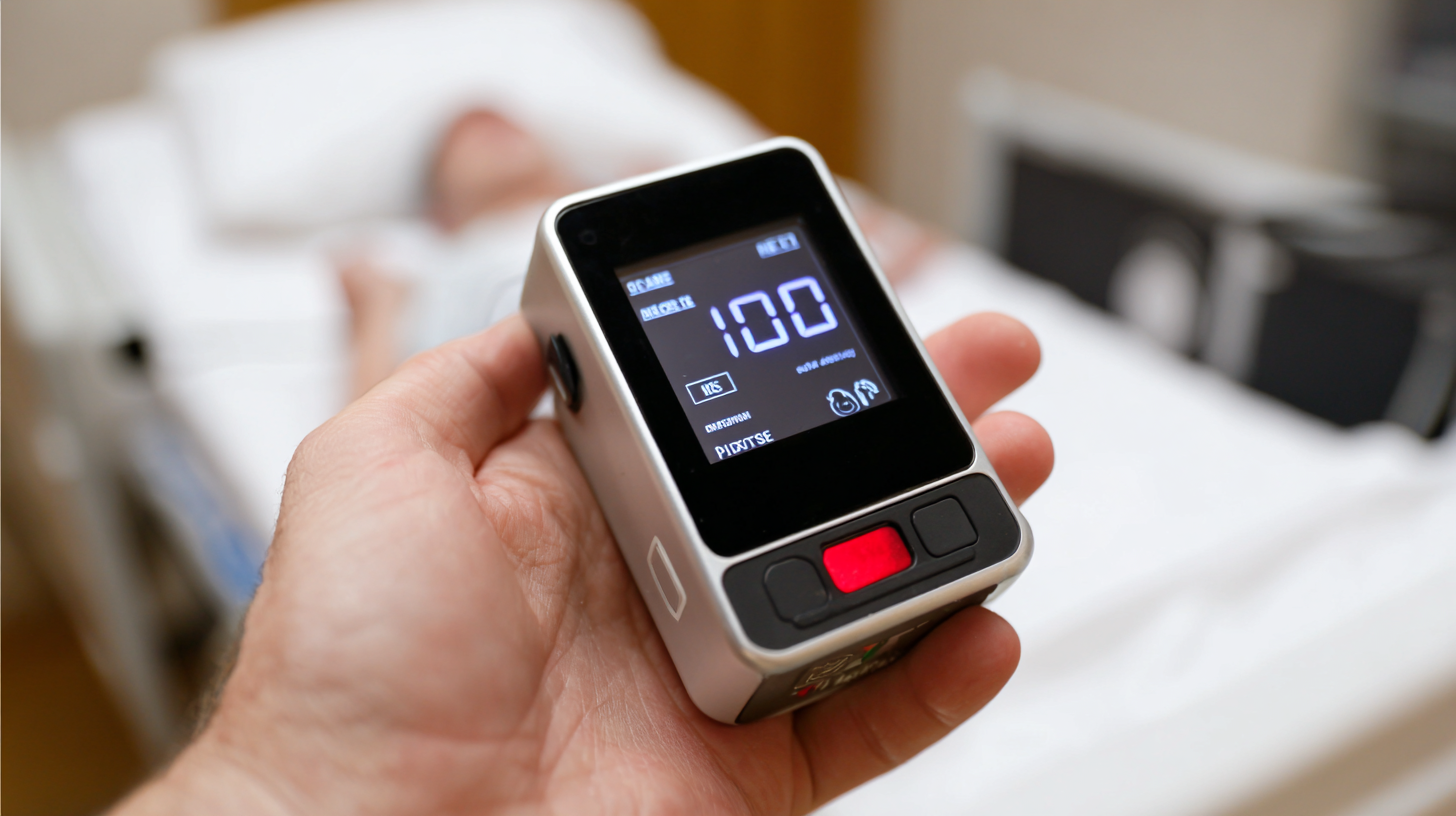How to Navigate Import Export Certifications for the Best Pulse Oximeter in the Global Market
In the rapidly evolving healthcare sector, the demand for accurate and reliable medical devices, particularly the best pulse oximeter, has surged significantly. According to a recent report by Fortune Business Insights, the global pulse oximeter market size was valued at approximately $1.66 billion in 2022 and is projected to grow at a compound annual growth rate (CAGR) of 7.8% from 2023 to 2030. This growth is largely driven by the increasing prevalence of respiratory diseases and the surge in home healthcare services. However, navigating the complex landscape of import-export certifications can pose significant challenges for manufacturers and distributors alike. In this blog, we will delve into the myriad problems associated with certification processes for the best pulse oximeters, helping industry stakeholders to understand and streamline their approaches to enter and thrive in the global market.

Understanding Import Export Certifications for Medical Devices
Navigating import and export certifications for medical devices, particularly pulse oximeters, is crucial for ensuring compliance and gaining access to global markets. Each country has its own regulatory framework that governs the safety and efficacy of medical devices. For example, in the United States, the Food and Drug Administration (FDA) oversees the approval process, requiring manufacturers to provide thorough evidence of their products' performance. Similarly, the European Union mandates CE marking, where compliance with safety, health, and environmental protection standards is essential for market entry.
Understanding these certifications involves recognizing the specific requirements for each target market. Apart from general safety standards, various countries may ask for additional certifications reflecting local norms or technological advances. Manufacturers must be well-versed in the necessary documentation, including technical files, quality management systems, and clinical evaluations. This process not only ensures regulatory compliance but also builds trust with consumers and healthcare providers, enhancing the overall reputation of the product in the competitive landscape of global healthcare.
The Role of Quality Standards in Pulse Oximeter Certifications
In the ever-evolving global market of healthcare technology, the significance of quality standards in pulse oximeter certifications cannot be overstated. These certifications ensure that pulse oximeters meet essential safety and efficacy criteria, which not only protects consumers but also instills confidence in healthcare providers. Understanding the relevant quality standards, such as ISO 13485 for medical devices and FDA regulations, is crucial for manufacturers looking to export their products internationally.
Tips: When navigating through the certification process, it's advisable for manufacturers to start with a comprehensive assessment of applicable standards for their target market. Collaborating with regulatory experts can also provide valuable insights into meeting specific country requirements, potentially accelerating the certification timeline.
Moreover, routine audits and quality checks can significantly enhance compliance with quality standards. Implementing a robust quality management system (QMS) will help manufacturers in maintaining consistency and reliability in their production processes. Regularly updating knowledge about changing regulations and standards across regions is essential for staying competitive in the pulse oximeter market.
How to Navigate Import Export Certifications for the Best Pulse Oximeter in the Global Market - The Role of Quality Standards in Pulse Oximeter Certifications
| Certification Type | Issuing Authority | Target Market | Standard Compliance | Validity Period |
|---|---|---|---|---|
| ISO 13485 | International Organization for Standardization | Global | Quality Management Systems | 3 years |
| CE Marking | European Commission | European Economic Area | Medical Device Regulation (MDR) | Indefinite, subject to compliance |
| FDA Approval | U.S. Food and Drug Administration | United States | 21 CFR Part 880 | Indefinite, requires periodic review |
| TGA Approval | Therapeutic Goods Administration | Australia | Australian Regulatory Guidelines | Indefinite, subject to compliance |
| Health Canada License | Health Canada | Canada | Medical Devices Regulations (SOR/98-282) | Indefinite, annual reports required |
Types of Pulse Oximeters and Their Target Audiences
In the rapidly evolving market of pulse oximeters, understanding the different types and their target audiences is essential for maximizing their benefits. From simple home-use devices aimed at consumers to complex models designed for hospital settings, each type of pulse oximeter serves a specific purpose. For instance, handheld pulse oximeters are commonly used by healthcare professionals for quick assessments, while more advanced continuous monitoring systems are tailored for critically ill patients needing constant observation.

One critical area of focus is the use of pulse oximeters in vulnerable populations, such as preterm infants. Research indicates that targeting oxygen saturation levels below 90% can significantly increase the risk of mortality in extremely preterm infants. This highlights the importance of accuracy in pulse oximeter readings, as studies show variability in effectiveness across different skin pigmentation groups. Addressing these discrepancies is vital, particularly in neonatal care, where precise monitoring can directly impact outcomes. Thus, selecting the right pulse oximeter not only depends on its features but also on the specific needs of the target audience, ensuring that all patients receive the safest and most effective monitoring possible.
Navigating Different Regulatory Approvals in Global Markets
Navigating different regulatory approvals in global markets can be particularly challenging for those looking to import and export medical devices like pulse oximeters. Each jurisdiction has its own set of regulations that govern the approval process, making it essential for businesses to understand local requirements. For instance, in the Asia-Pacific region, countries such as Japan, South Korea, and Singapore have specific roadmaps for cell therapy and advanced therapies, which include guidelines for preclinical and clinical development and marketing. Similar complexities arise in the medical textiles industry, where understanding global regulatory standards and testing protocols can be the key to success.
To effectively navigate these diverse landscapes, companies must be prepared to engage with regulatory authorities and comply with their standards. Considerations include comprehensive documentation, biocompatibility testing, and adaptation to evolving regulations in various markets. Moreover, the rise of health technology assessments presents another layer of complexity; understanding how these assessments affect market access for advanced-therapy medicinal products can be crucial.
For those looking to enter or expand in the global market, a proactive approach to understanding and complying with regulatory requirements will not only facilitate smoother import-export processes but also enhance the credibility of their products in a competitive environment.
Challenges in Importing and Exporting Pulse Oximeters Worldwide
Navigating the import and export certifications for medical devices like pulse oximeters has become increasingly complex in the wake of global events. The COVID-19 pandemic has intensified protectionist policies in numerous countries, creating barriers for importing essential medical equipment. This surge in protectionism not only complicates the certification process but also heightens the risks of supply chain disruptions, making it crucial for exporters and importers to stay vigilant. Understanding the nuances of local regulations and international trade agreements becomes essential to overcome these challenges.

Additionally, the recent disputes regarding import bans on various high-tech devices exemplify the potential pitfalls in global trade. Companies must be aware of how geopolitical tensions and trade policies can directly impact their ability to engage in importing and exporting pulse oximeters and other medical devices.
Ensuring compliance with both domestic and international regulations is vital for maintaining access to these essential products. With a proactive approach to navigating the evolving landscape of import-export certifications and awareness of the challenges posed by protectionist measures, businesses can better position themselves for success in the global medical equipment market.

